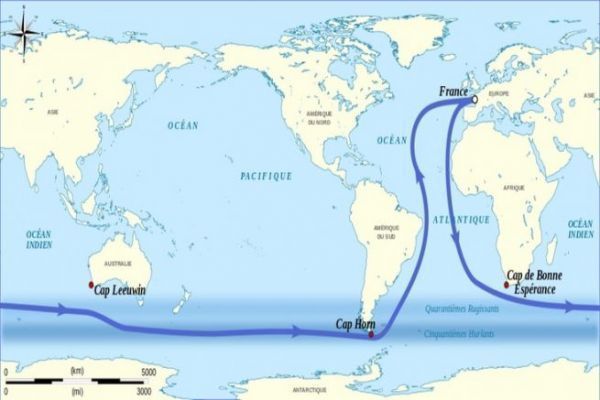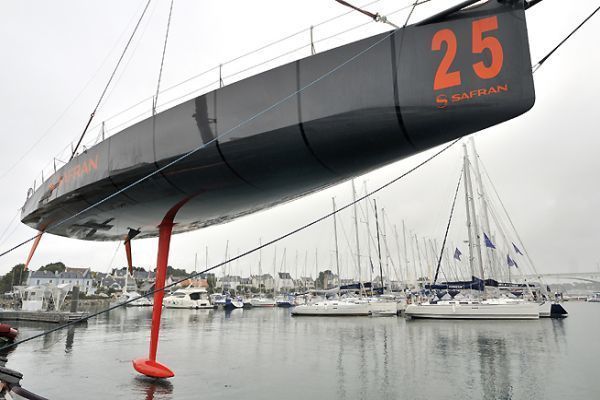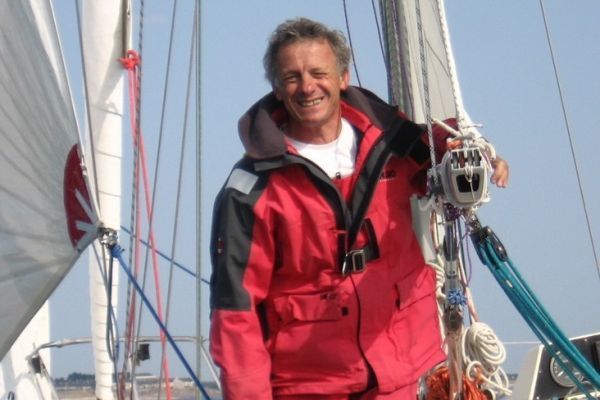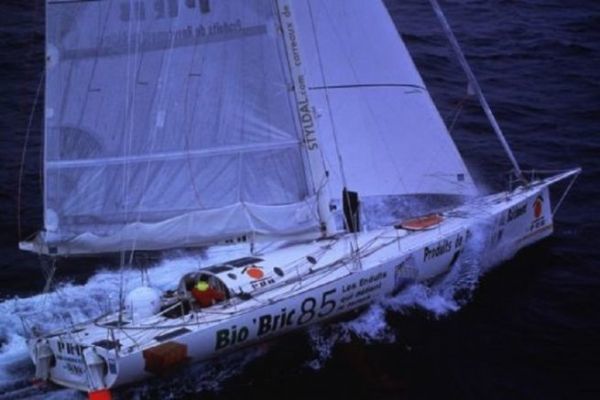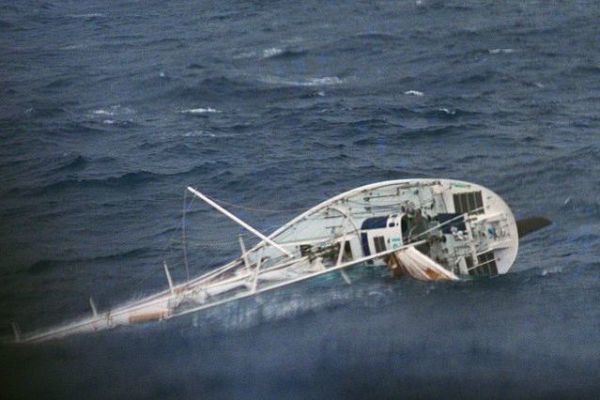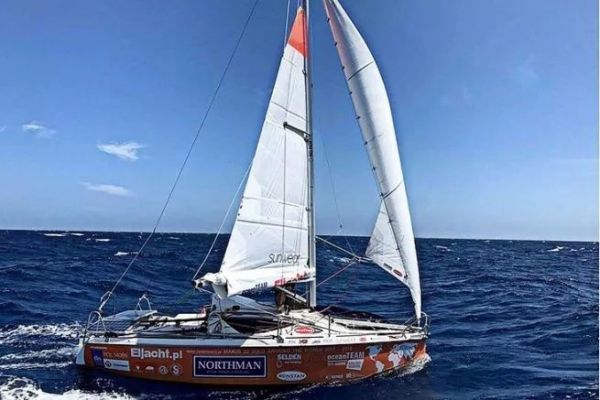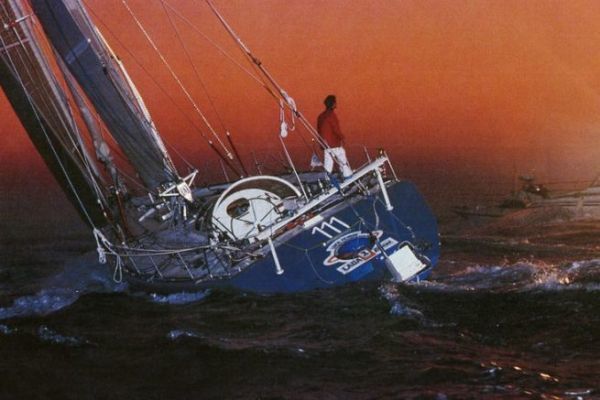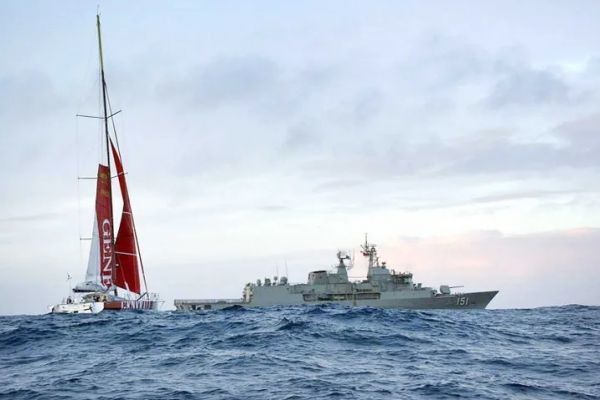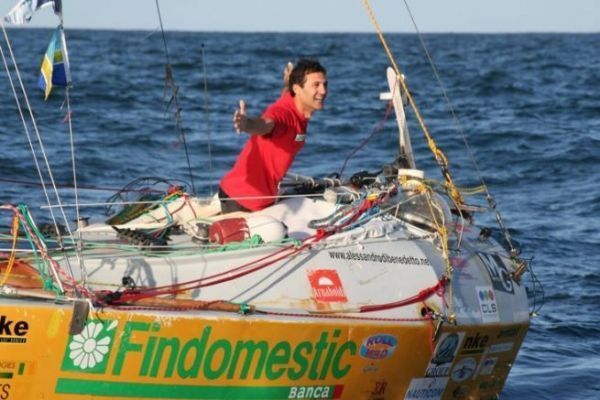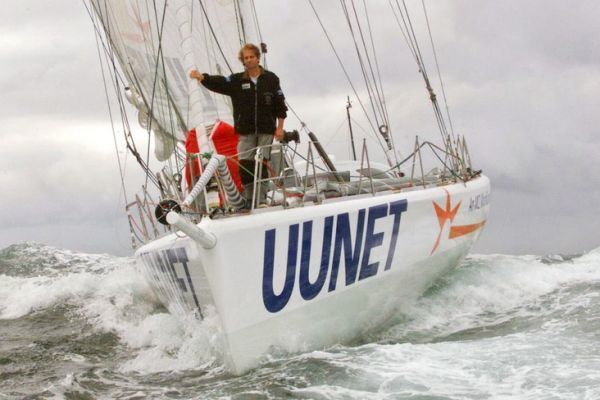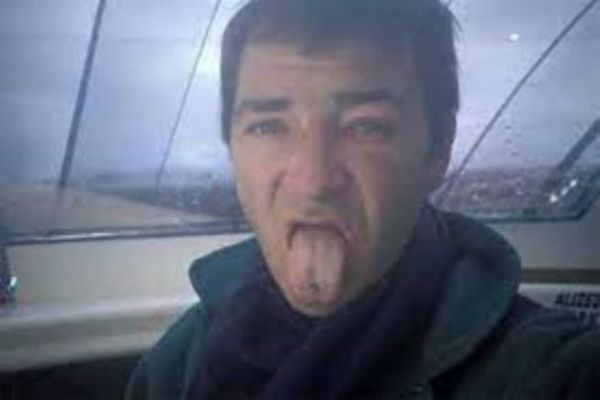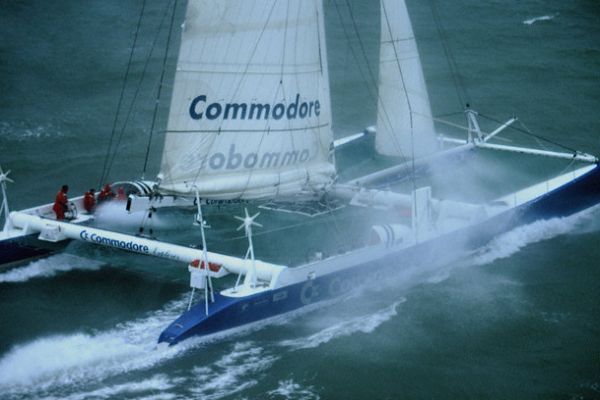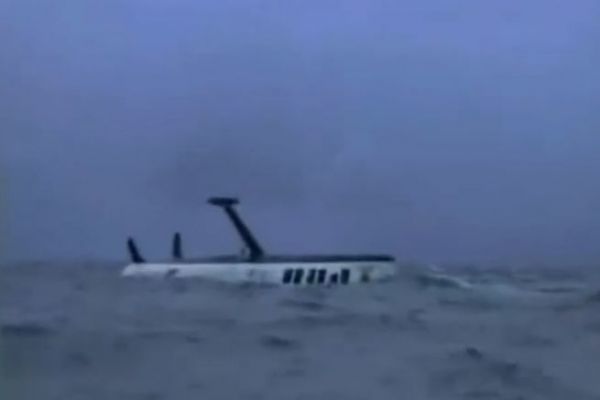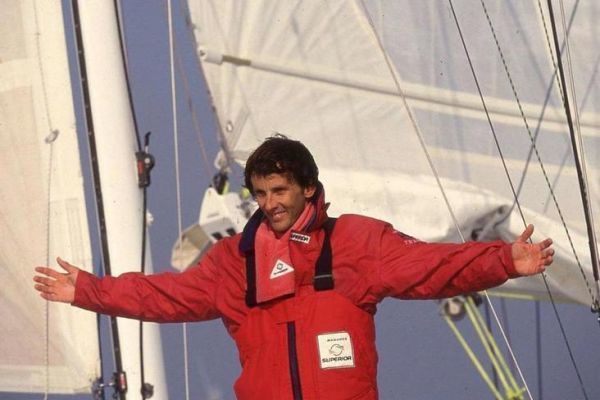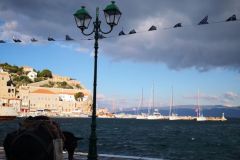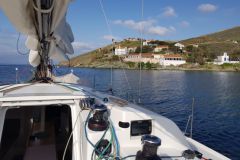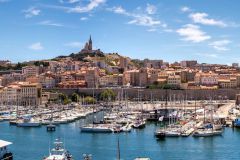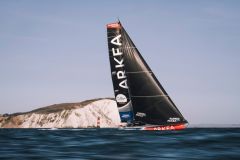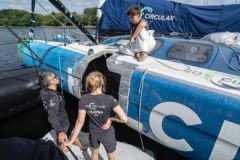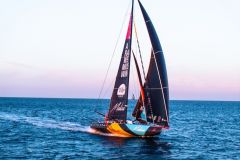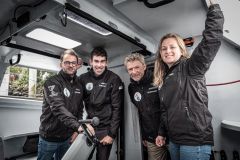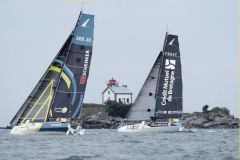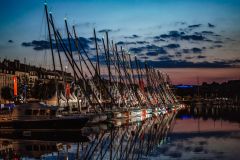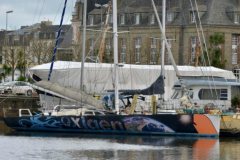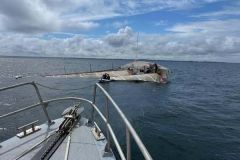Mike Golding on Ecover, the 1 er keel-less competitor
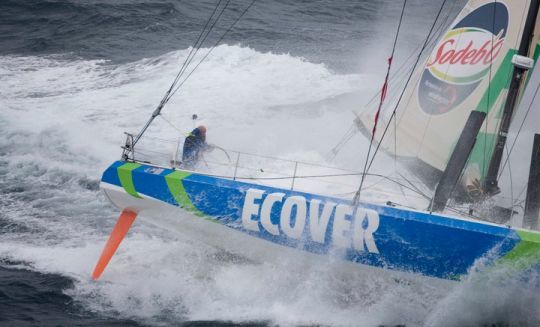
During the 5 e edition of the Vendée Globe, Mike Golding inaugurates the list of Vendée Globe competitors to finish classified, but without a keel. Without warning, he lost his bulb and sail 52 miles from the finish line, in manageable conditions. Lowering the sails in a hurry, and filling the 7000 liters of his two ballast tanks, he managed to stabilize his Owen Clark design.
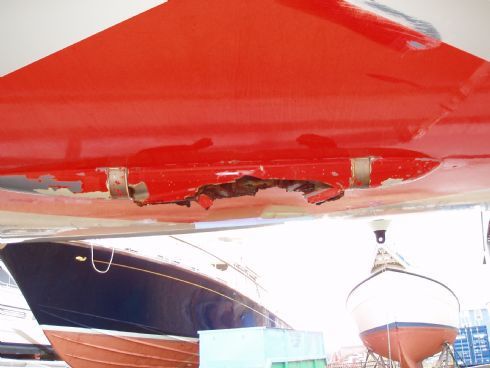
He had to wait for the wind to shift to regain a downwind flow, enabling him to reach Les Sables d'Olonne under 3 reefs and reach the third step of the podium. With his notoriously shallow draught, he is also the first competitor to enter the port of Les Sables d'Olonne in an IMOCA boat without worrying about tide times.
In this edition, almost 20% of the fleet will be affected by serious keel problems.
Marc Guillemot 3 e of an incredible podium
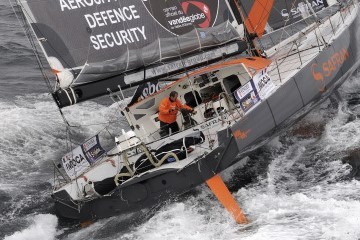
On the 6 e edition, it was Marc Guillemot's turn to be betrayed by the keel of his 60-foot Safran. Off the Azores during the climb back up the Atlantic, his keel is showing signs of weakness. A collision with a cetacean 4 weeks earlier is probably to blame.
The keel head begins to rock back and forth, sinking a few centimetres. The skipper lifts his foot and secures it with several breaches. But it wasn't enough, as the keel separated from its well on February 9, 2009.
Prepared for this eventuality, Marc Guillemot reduced his sail, went under 3 reefs and filled his ballast tanks. Thanks to favorable weather conditions, with downwind conditions, he sailed 975 miles without a keel, and took 3rd place e behind Michel Desjoyeaux and Armel le Cléach.
He suffered the same damage 4 years later, after 3 days of racing. Lacking a spare keel, he abandoned his 2 e Vendée Globe.
Jean-Pierre Dick sets record for distance covered without keel
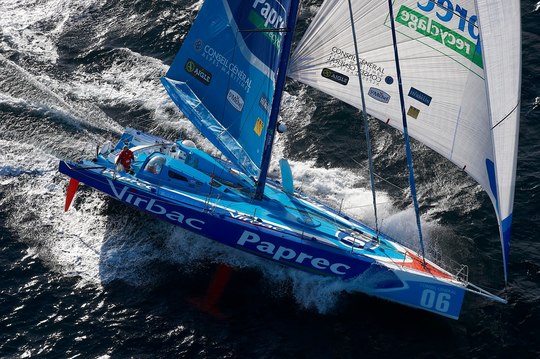
During the 2012-2013 edition, Jean-Pierre Dick, then in 3 e position, lost his keel 500 miles north-west of Cape Verde. With the boat lying down, he managed to right his VPLP-Verdier plan and continue on towards Les Sables d'Olonne. He receives support from Alex Thomson, in 4 e position, who goes out of his way to give him moral support, and to intervene should the situation deteriorate.
But a front with headwinds of almost 40 knots was blocking her route to Vendée. Without a keel, it was impossible to sail upwind in such conditions. He decided to seek shelter at anchor in the port of San Ciprian, on the Galician coast.
Diving into the cold waters of Spain to secure her anchorage, she resumed her route 72 hours later, taking the 4th place e place of this 7 e edition of the Vendée Globe.

Jean-Pierre Dick has covered 2650 miles without his keel, an incredible performance that will earn him the honors of his peers and the general public.
Why so much damage to IMOCA keels?
Prior to 2014, architects, in agreement with skippers, had free rein when designing IMOCA keels. With carbon or welded steel sails, with a very high ballast ratio, accidents were numerous.
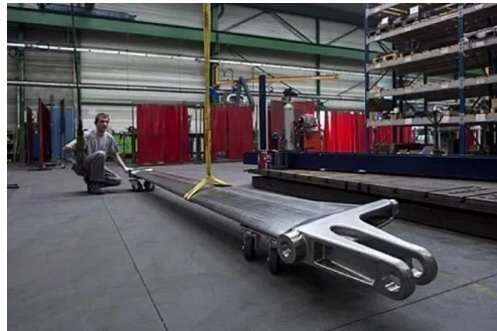
The Achilles' heel of previous generations of IMOCA boats, this recurring problem was solved when the class adopted a one-design keel, with the sail now milled from a stainless steel block. Since then, no competitor has had to deal with a keel problem, apart from those caused by a collision with a UFO or a sea mammal.

 /
/ 

